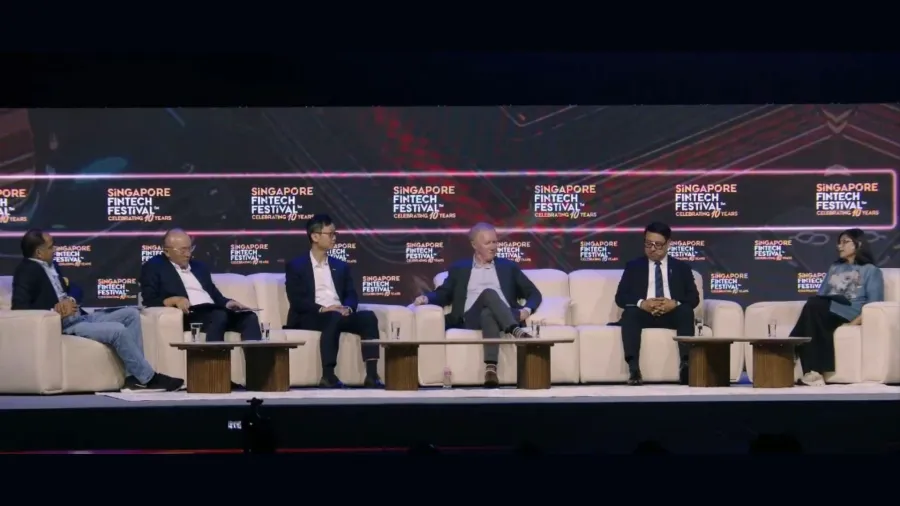
Why banks leverage AI to bridge legacy systems with modern payment rails
These can unlock legacy data and facilitate real-time payments.
Financial leaders say that banks need to improve core banking technology and leverage artificial intelligence (AI) to unlock legacy data and facilitate real-time payments.
“Traditionally, banks spend years and a lot of money building data platforms and structuring data – that approach is too slow for today's world. We need a different mindset, starting from the use case, not from the technology,” said Akio Isowa, senior managing executive officer and group chief digital innovation officer of Sumitomo Mitsui Banking Corporation (SMBC).
Leaders from Tencent, Thought Machine, Perflos, and the International Monetary Fund (IMF) at the Festival Stage of Singapore Fintech Festival 2025 (SFF 2025) recalled the evolution of core banking technology, and emphasised the importance of responsible AI in compliance, fraud prevention, and real-time payments.
Today, faster ways to unlock existing data for AI applications include using approaches like MCP, agent-to-agent protocols, or similar frameworks to bridge old systems with new AI driven solutions, Isowa said during the "Building an Intelligent Stack" session in SFF 2025 on 13 November.
“The goal is simple: leverage AI to turn legacy data into better business outcomes,” he said.
Tencent’s AI-based tool that helps merchants scan and digitise their menus for better efficiency, whilst Thought Machine's cloud-based core banking engine used by 60 banks was scalability and automation.
When users scan a food merchant’s QR code, a menu will appear on their phone and they can order the food they want and pay the right amount, Forest Lin, corporate vice president, head of financial technology of Tencent, told the session moderator Sopnendu Mohanty, group CEO Global Finance & Technology Network (GFTN).
Thought Machine built an API-driven core banking engine as it found that banks have no API in their mainframes, leading to lack of real-time information, said Dr. Paul Taylor, founder and CEO of Thought Machine.
But over the last 10 years, banks have moved enormous amounts of their workloads into the cloud.
Perfios evolved from being a digitising tool to a full-stack platform, said Sabyasachi Goswami, CEO of Perfios. It aggregates and refines data to provide a platform for financial services, he added.
Shirin Hamid, chief information officer and director of information technology department of the International Monetary Fund (IMF), emphasised that the technology being adopted by central banks must be resilient.
The panellists discussed the importance of AI in compliance, fraud prevention, and real-time payments, and responsible AI deployment in regulated industries.
Below are snippets of the panel discussion:
Mohanty: Reflect on what happened to the world of core banking, the tech stack.
Isowa: When we talk about reimagining core banking, it's not just about technology, and it starts with rethinking the design of the organization itself. Traditionally, banks spend years and a lot of money building data platforms and structuring data that approach is too slow for today's world. We need a different mindset, starting from the use case, not from the technology.
Think about smart, fast ways to unlock existing data for AI applications, for example, using approaches like MCP or agent-to-agent protocols or similar frameworks to bridge old systems with new AI-driven solutions. The goal is simple, leverage AI to turn legacy data into better business outcomes.
In the past, banks often managed architecture design and evolution based on organization structures, some apps on the front end, some in the middle office, creating silos everywhere with AI and Agent AI. That model may not work. We may need to reimagine how teams are organized, skilled and enabled, so they can serve customers better in this new world that the real meaning of reimagining the core.
Mohanty: What have you done to solve basic tech, infrastructure, productivity in financial services?
Lin: Every day, we're looking for the use cases that could improve, improve our users’ life. For example, recently, we just launched one feature that I like most a lot of the Weixin pay merchants who are like breakfast shops or bakeries or noodle shops, one of their pain points is that when customer order the dish, it takes a lot of time to recognize which dish the customers ordered and and how to match that with the amount of money that they should be paid for.
So recently, one feature we launched was a AI based tool, so when users scan the QR code, the menu will be the on the on the on a mobile phone already, and user can just click on that menu and order that food and pay the right amount. It saves the merchants lots of time.
Mohanty: Reflect on how Thought Machine improved core banking in the last 10 years.
Taylor: When we started, we started to address the point of pin legacy systems, mainframes and banks. It's pretty crazy. If you look at anywhere else in the world, no other industry would start by using mainframes or start by using this technology, but the banks have been there for a long time. They're stuck in this technology. There's no live streaming of data, there's no real time information. There's silos. There was duplication of data.
We built a new core banking engine completely from scratch in the cloud, all API driven. But of course, over the last 10 years, banks have moved enormous amounts of their workloads into the cloud, if I might say, we've been very successful. We've got more than 60 banks signed in Singapore.
Mohanty: Reflect on how you used technology to get to where you are today.
Goswami: We built a platform which could understand any kind of data, both structured and unstructured. We leveraged that and provided a platform to the entire banking and financial services fraternity. What it did in the last decade was the way financial services infrastructure was envisaged changed dramatically. What it did was it was more initially thought as a digitizing tool.
Today, it became an ecosystem where you keep hearing about open banking and collaboration, which has evolved, but that started with a small automation, digitizing, journey to digitalization, which is the end to end process.
Hamid: Our member countries that we focus on are central banks, and so we want to ensure that you know, that the central banks are not left behind. But at the same time, I think, with the fund, we want to make sure that we are also adapting with a tech stack that is relevant.
So over the last 10 years, I can say whether it's the IMF or even with my time at the multilaterals, it's about making sure that the tech stack is relevant. And here we talk about the cloud, embracing the cloud.
Here we also talk about what I would call the hygiene capabilities, the enterprise architecture in place, making sure that you have your quality assurance, making sure that you move towards and pivot towards Agile methodology.
We also talk about ensuring we have the capacity to shift left on our security, secure by design, everything and everything right now with the geopolitics that's happening, you know, cybersecurity becomes front and centre in terms of any products or platform that we establish, even our operating model has to be modern.




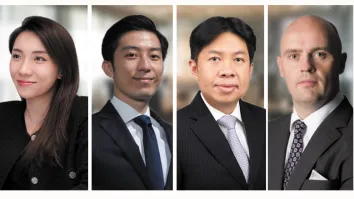


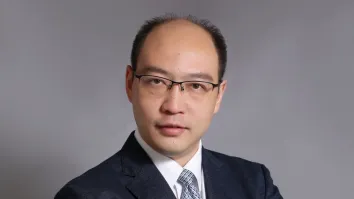
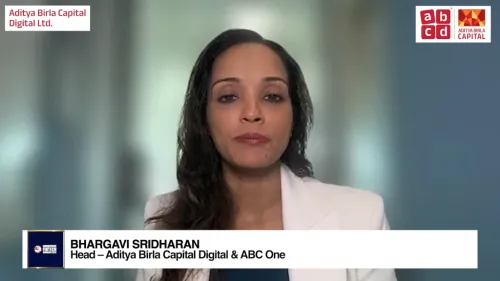


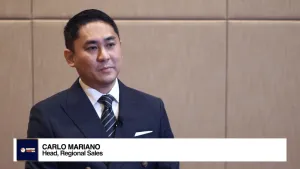
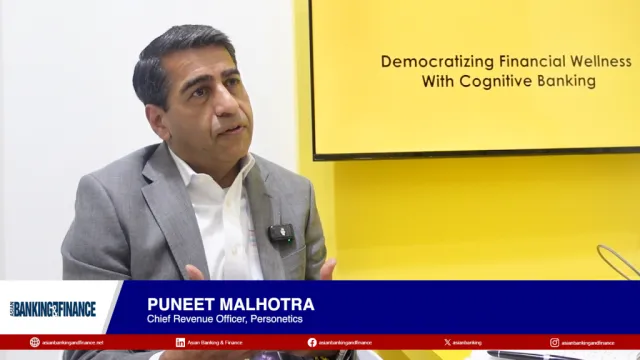




 Advertise
Advertise










